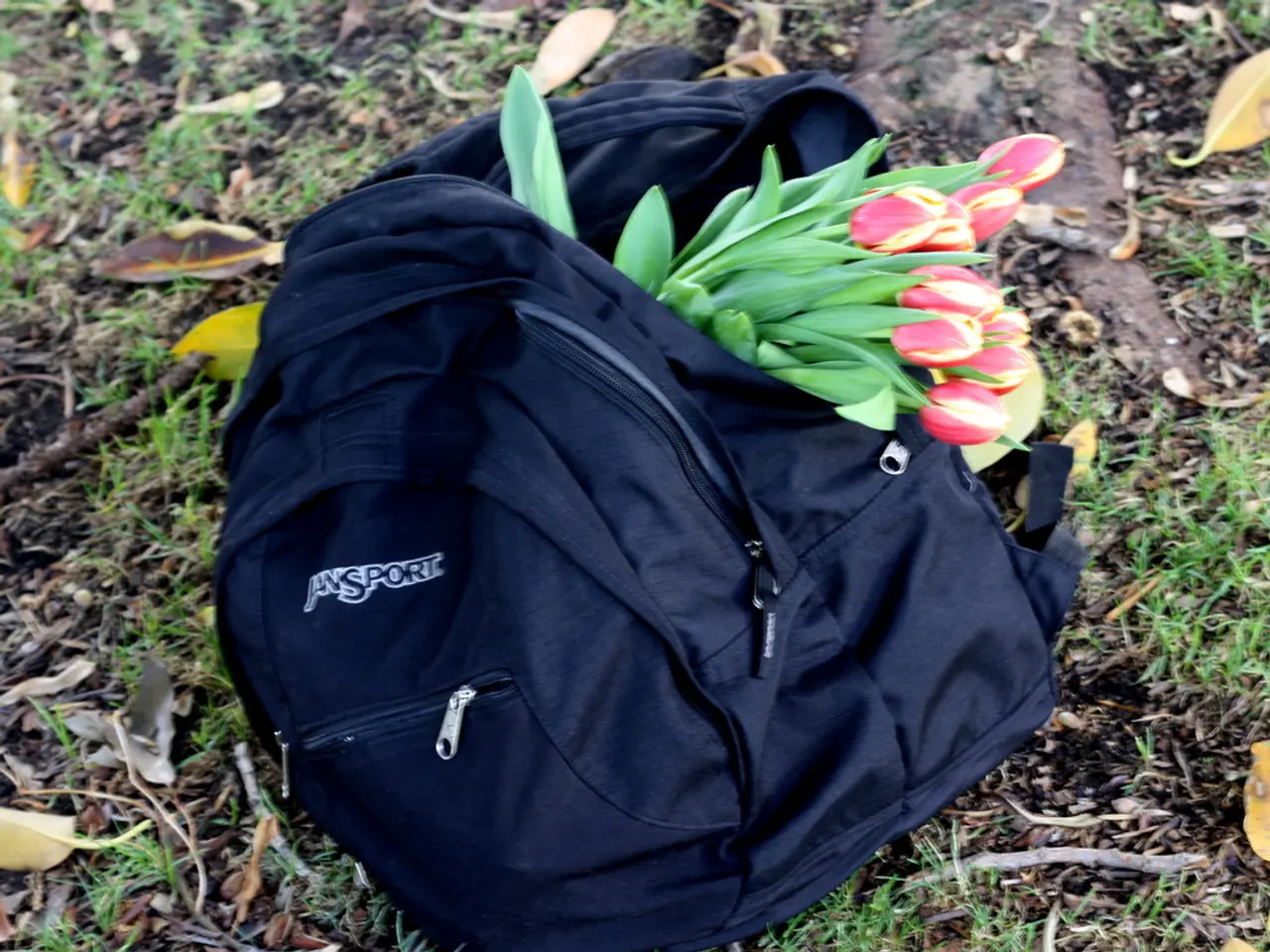The Superiority of Fabric Grow Bags over Traditional Plastic Planters Explained
In the world of gardening, sustainability is becoming increasingly important. One solution that's gaining popularity is the use of fabric grow bags. These eco-friendly planters offer a host of benefits that make them a more sustainable option compared to traditional plastic planters.
Fabric grow bags, with their soft, felt-like texture similar to landscaping fabric, reduce heat stress in plants by allowing excess water to drain off and the air to circulate. This prevents heat buildup and poor drainage, promoting proper air circulation and eliminating standing water, ensuring the ideal soil temperature for growing healthy plants.
One of the key advantages of fabric grow bags is their ability to promote air pruning. The breathable, nonwoven fabric allows air circulation to plant roots, preventing roots from circling and becoming rootbound as they do in plastic containers. This results in healthier root systems and potentially more vigorous plants.
Fabric grow bags also offer better moisture management. They allow excess water to drain out easily, reducing waterlogging and root diseases, which can lower the need for chemical interventions.
From an environmental perspective, using fabric grow bags helps reduce plastic usage and waste. Many fabric grow bags are made from recycled or biodegradable materials and can be reused multiple seasons, unlike many plastic pots that often end up as landfill after limited reuse. The portability and flexibility of fabric grow bags facilitate better space utilization and easier relocation, which can optimize plant growth and reduce resource waste.
However, it's important to avoid chemically treated fabric pots as they may contain traces of chemicals that could leach into the soil or kill beneficial critters. When choosing fabric grow bags, consider the material, quality, and treatment to ensure optimal performance and soil quality.
Fabric grow bags are ideal for plants that need good drainage and air circulation, such as those commonly found in balcony or urban gardens due to their compact size. They are also lightweight, reusable, and ideal for growing a variety of plants, including most types of vegetables. Some fabric planter bags are UV-protected to prevent breaking apart during extended exposure to the sun.
In contrast, plastic planters can contribute to environmental pollution through production (petroleum-based) and disposal problems, as plastic pots often take much longer to break down and may release microplastics into soil over time.
In summary, fabric grow bags offer environmental benefits through reduced plastic use, improved plant health via air pruning, enhanced drainage, and durability for repeated use, making them a more sustainable option than conventional plastic planters.
- In the realm of environmental science, the shift towards eco-friendly practices is evident, with health-and-wellness enthusiasts and lifestyle enthusiasts alike embracing sustainable options like fabric grow bags.
- These bags, a popular choice in the world of home-and-garden, are not only beneficial for gardening but also align with the aims of climate-change mitigation, as they reduce plastic usage and waste.
- Fashion-and-beauty pros might consider the environmental angle when choosing their planters, as fabric grow bags offer a fashionable alternative to traditional plastic planters while promoting sustainability.
- As the focus on health-and-wellness extends beyond personal care and nutrition to encompass the environment, integrating environmental-science concepts, like using fabric grow bags for sustainable gardening, becomes crucial.




